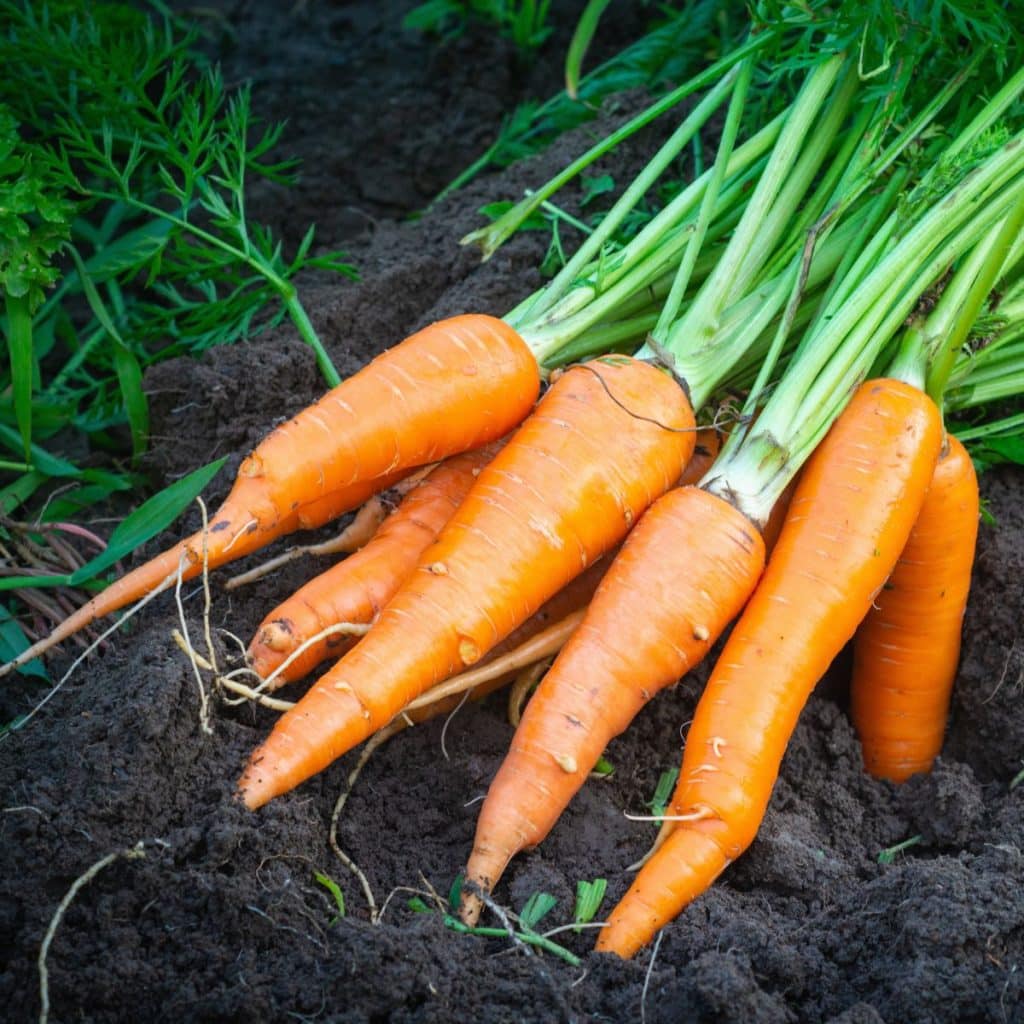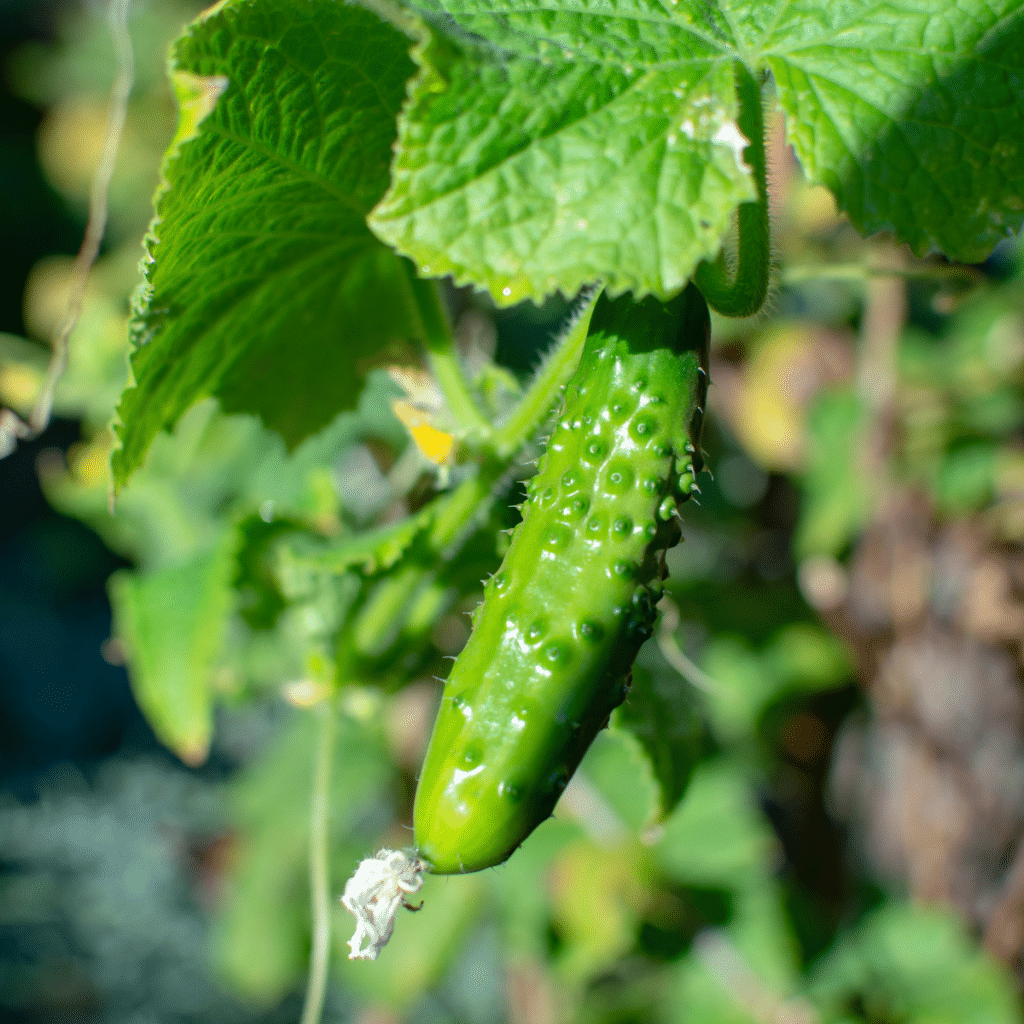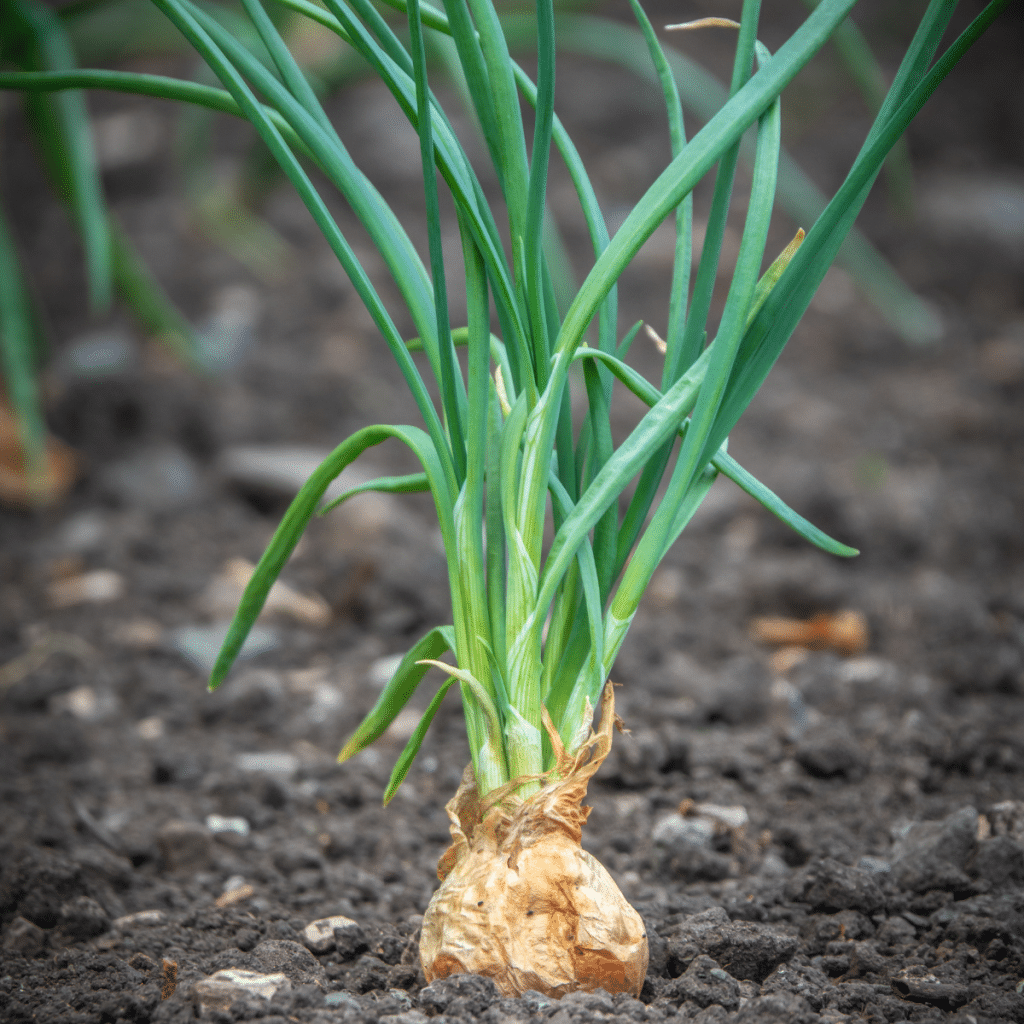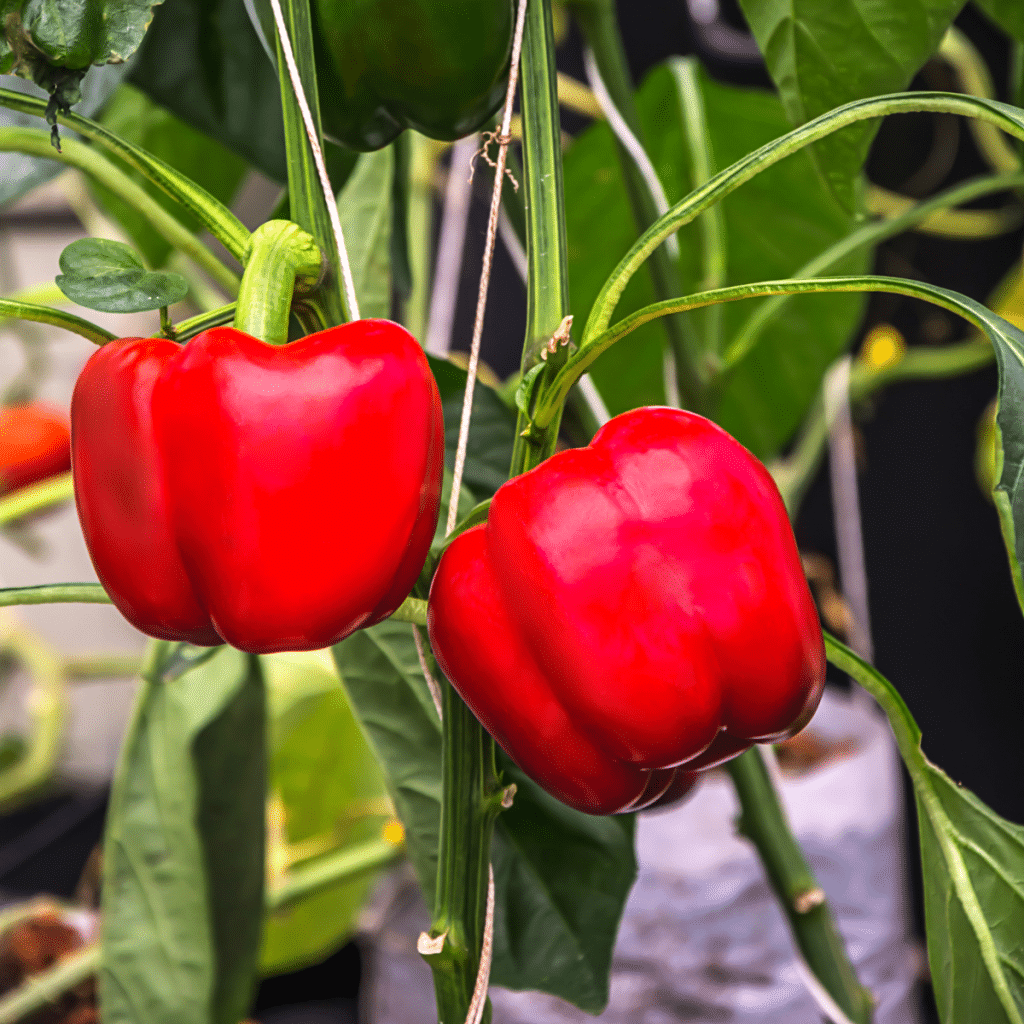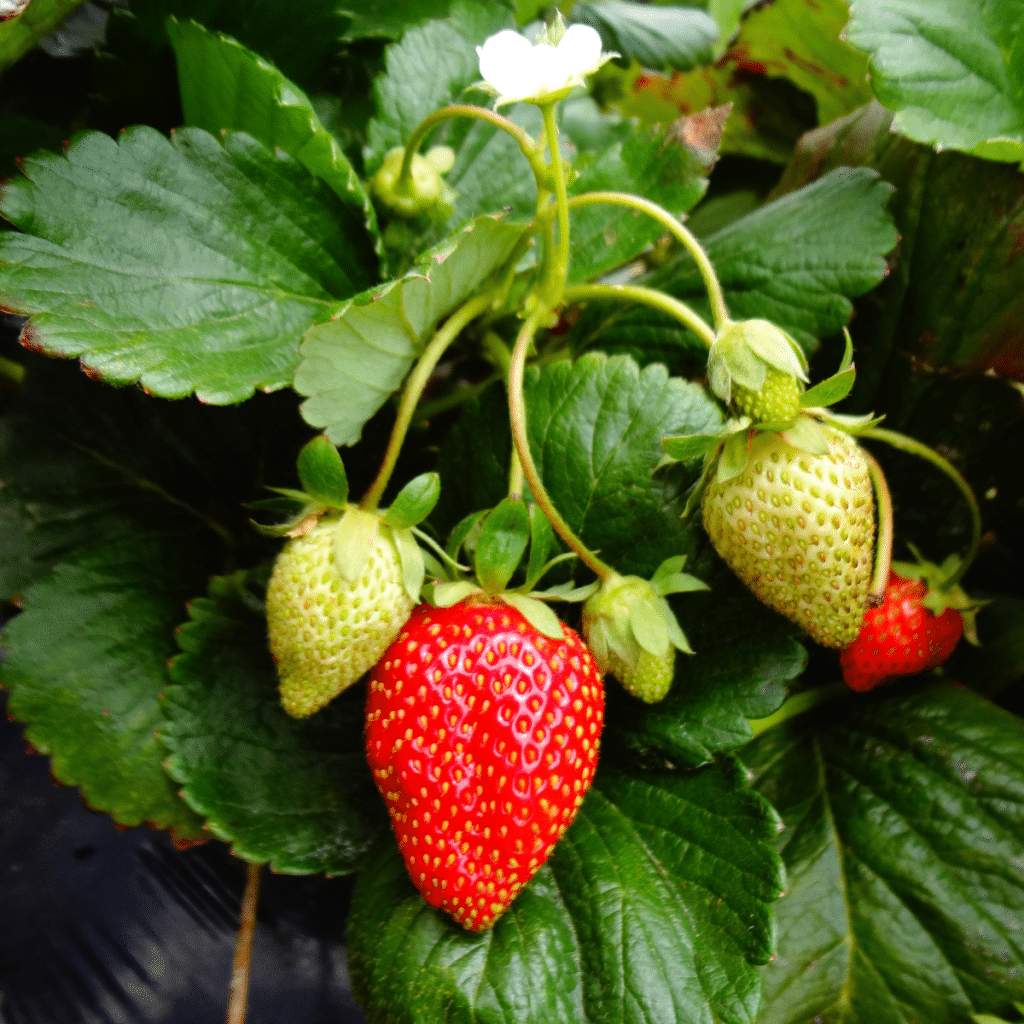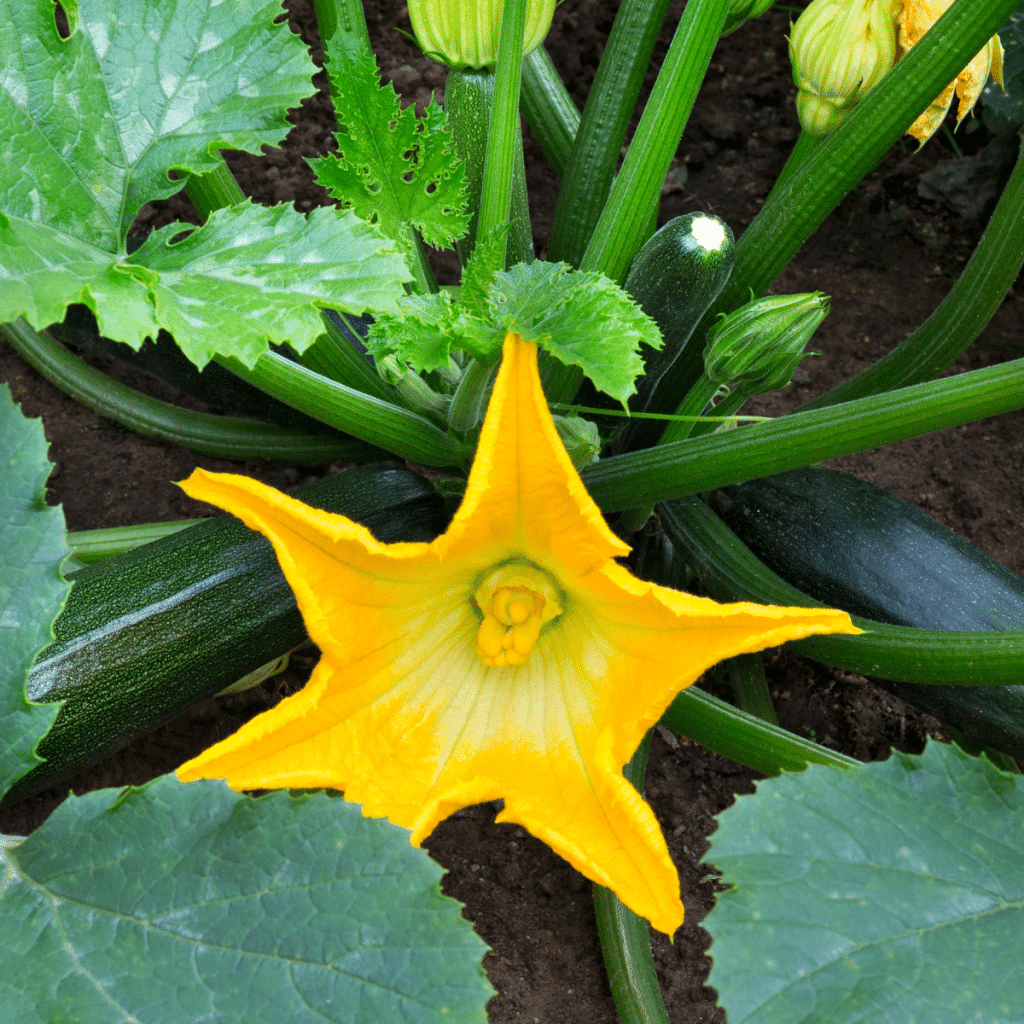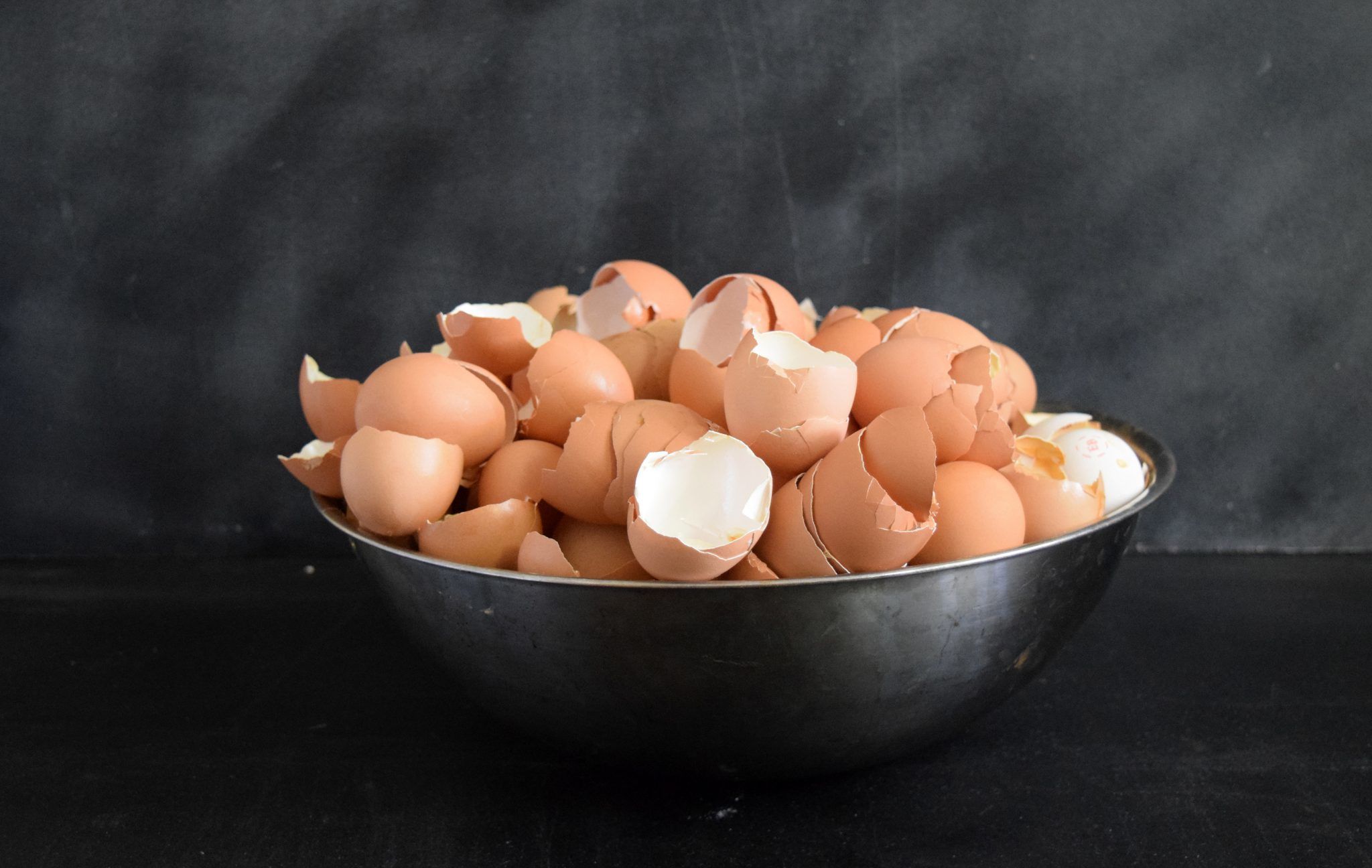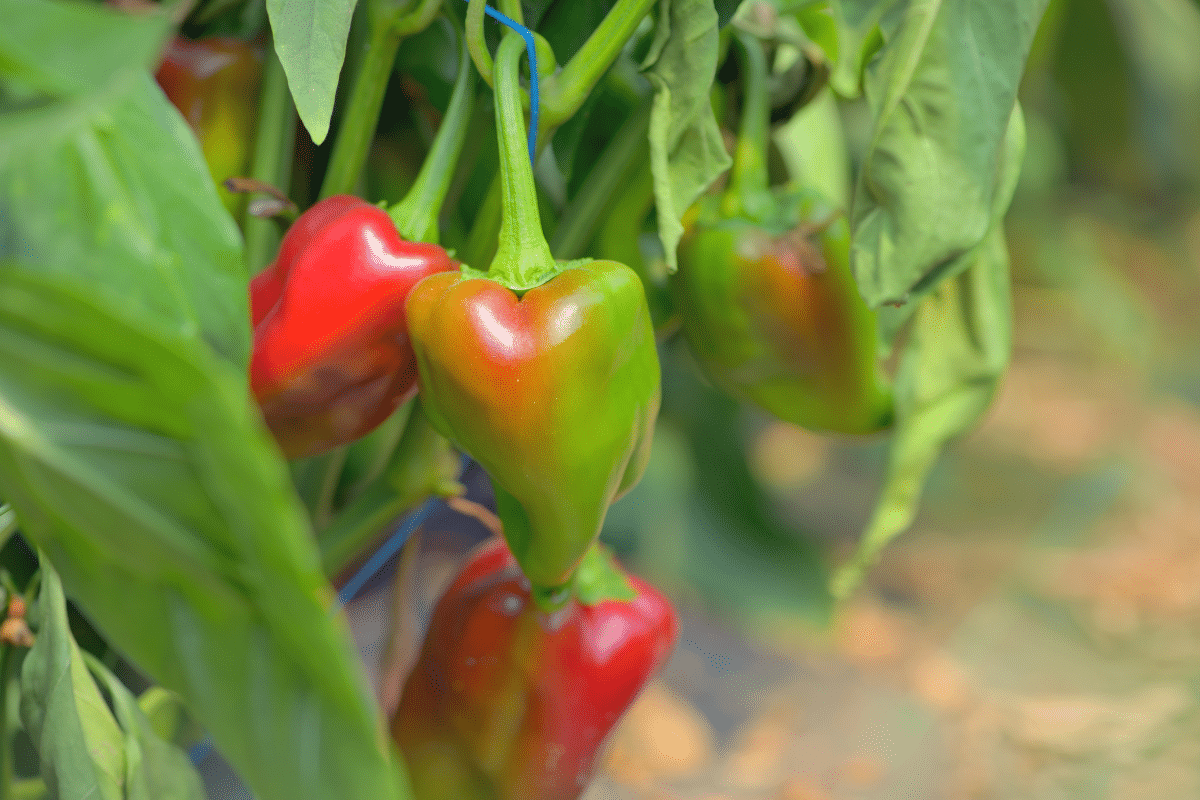Broccoli Companion Plants
If you want to grow broccoli successfully in your garden, there are a few important things you should know. In addition to providing proper care, it’s helpful to know how to get the best growth and production without resorting to harmful chemicals or complicated techniques. One gardening tip is to plant broccoli companion plants nearby. This will help all plants grow strong, quickly, and, most importantly, deliciously!
Broccoli is an excellent edible gardening staple! It is one of the most versatile green veggies, perfect as a simply seasoned side dish, a source of nutrition in a cheesy casserole, a rich soup, or a tasty addition to a chopped salad.
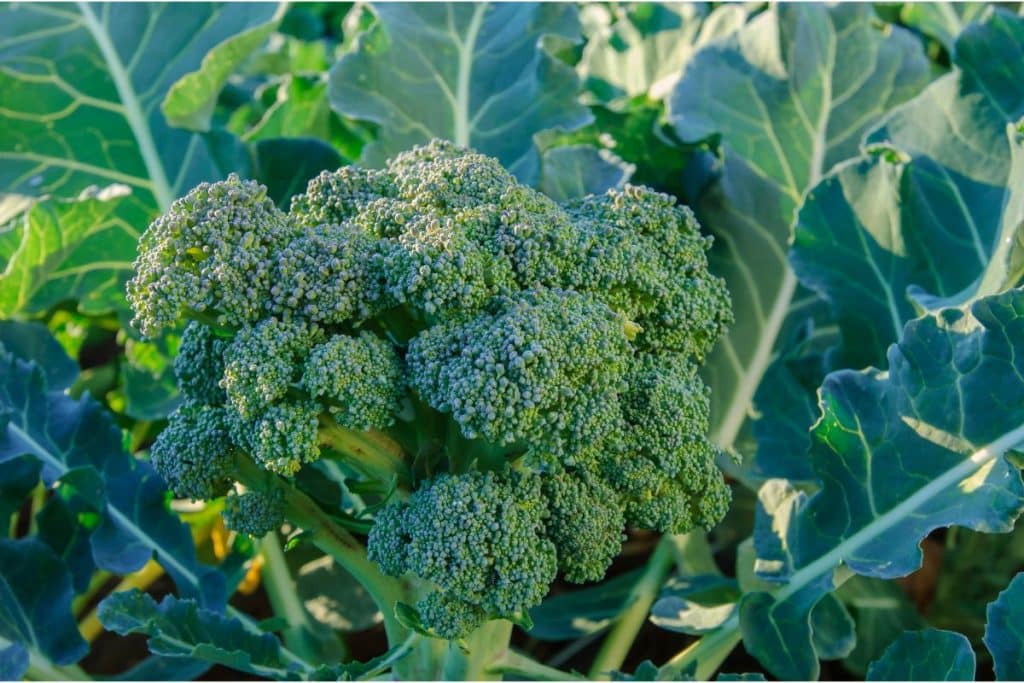
Table of Contents
Continue reading to discover broccoli companion plants. But before you do, ensure you know the basics of companion planting by checking out the introduction to this helpful series. And don’t miss out on all the valuable information about other plants, their friends, and their foes found in this series.
What Does Broccoli Need to Grow Healthily and Abundantly?
Broccoli is a well-liked vegetable that can be cultivated in either containers or in the ground, making it a flexible option for any gardener. Broccoli (brassica oleracea) is a member of the brassicas or cole crop family, which includes Brussels sprouts, kale, cauliflower, cabbage, and other plants.
Like all plants, broccoli needs specific care to get the best results, and it has some challenges you want to be aware of. But first, let’s discuss the essential requirements for growing broccoli and the struggles you may come across.
Soil
The key to thriving broccoli lies in the soil. These leafy greens flourish in well-draining, nutrient-dense soil with a pH between 6.0 and 7.0. To set the stage for abundant growth, fortify your soil with organic matter such as compost or aged manure, providing a strong foundation for your plants.
Sun
When planting broccoli, select a spot that receives at least 6 hours of sunlight daily. Space your plants 18-24 inches apart, providing sufficient airflow and room for growth. Proper spacing and rotating crops are essential in preventing diseases and ensuring healthy, robust plants.
As broccoli plants are heavy feeders, they require a steady supply of nutrients. Fertilize your plants with a balanced organic fertilizer to promote strong growth. Consistently water your plants, maintaining evenly moist soil without overwatering, which may cause root rot.
Apply a layer of mulch around the base of your plants to conserve moisture and suppress weeds. Mulching also helps regulate soil temperature, creating an optimal environment for your broccoli.
Challenges To Growing Broccoli
Plant broccoli during the right season.
Some plants are less picky than others. But that’s not the case with broccoli. You should plant broccoli during cooler weather, like fall or spring. Your variety of broccoli will determine the best time to plant it.
Broccoli is sensitive to temperature.
It thrives between 65 and 80 degrees. If it is higher than 80°, broccoli may prematurely bloom or bolt.
Broccoli plants are susceptible to pests.
Keep an eye out for cabbage worms and cabbage loopers, the pests that are most notorious for ruining broccoli plants. Broccoli companion plants can help control these and other common pests, like aphids, cabbage root maggots, and flea beetles.
Cabbage worms are the larvae of cabbage white butterflies. These green caterpillars are voracious eaters, devouring the leaves and heads of your broccoli plants. Control their population by picking them off by hand, using biological controls like Bacillus thuringiensis, or employing beneficial insects such as parasitic wasps.
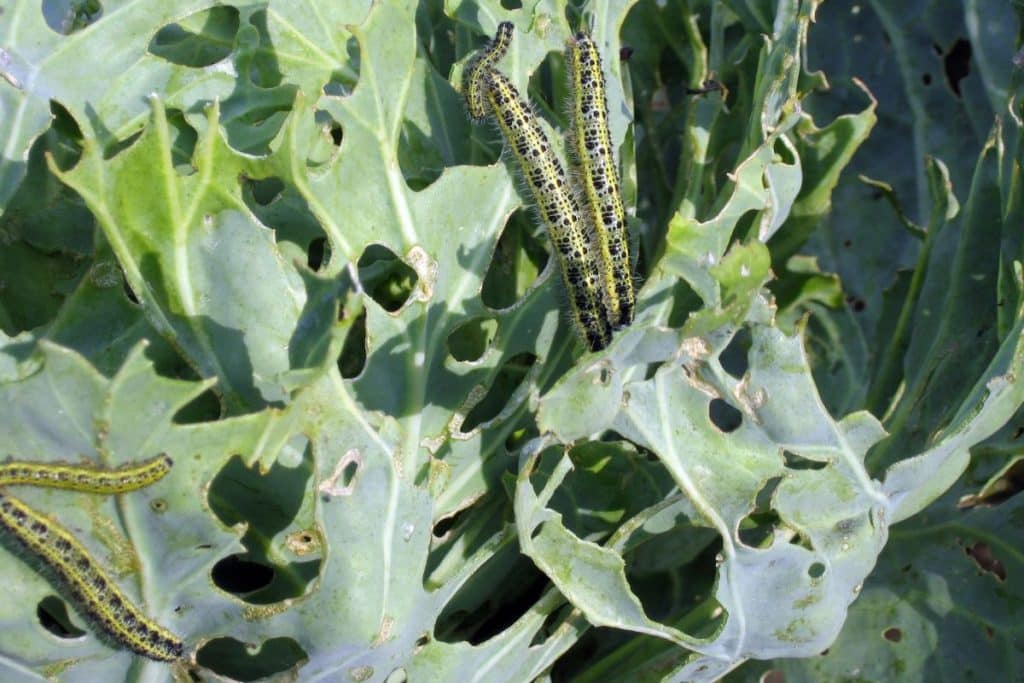
Cabbage moths, also known as cabbage loopers, are another common pest that targets broccoli plants. These caterpillars cause similar damage to cabbage worms. Control measures include handpicking, biological controls, and attracting beneficial insects like lacewings and ladybugs.
Aphids are small insects that feed on plant sap, causing curled, distorted leaves and stunted growth. They can also transmit plant viruses. To control aphids, release beneficial insects like ladybugs and lacewings or spray your plants with a diluted soapy water solution.
Be proactive and monitor for diseases.
Black rot, black leg, downy mildew, and clubroot are risks to home-grown broccoli. Proper planting, crop rotation, and watering will help avoid these diseases. Closely monitor your broccoli plants to catch these diseases early.
Downy mildew is a fungal disease that thrives in cool, wet conditions. It causes yellow spots on the leaves, eventually turning brown and dying. To prevent downy mildew, ensure proper spacing and airflow between plants, and avoid overhead watering. If the disease appears, remove and dispose of infected plants and apply a fungicide approved for use on broccoli.
Clubroot is a soil-borne disease that causes swollen, distorted roots and wilting plants. To prevent clubroot, practice crop rotation, maintain a slightly alkaline soil pH, and choose disease-resistant varieties. If clubroot is detected, remove and dispose of infected plants, and avoid planting brassicas in the affected area for several years.
There’s a reason why your broccoli appears healthy but never produces a head.
This ‘blindness’ occurs when the plant is damaged during transport or planting or when an insect has injured the growing tip.
Top Broccoli Companion Plants
Include these companion vegetables, herbs, and flowers in your broccoli garden design this year.
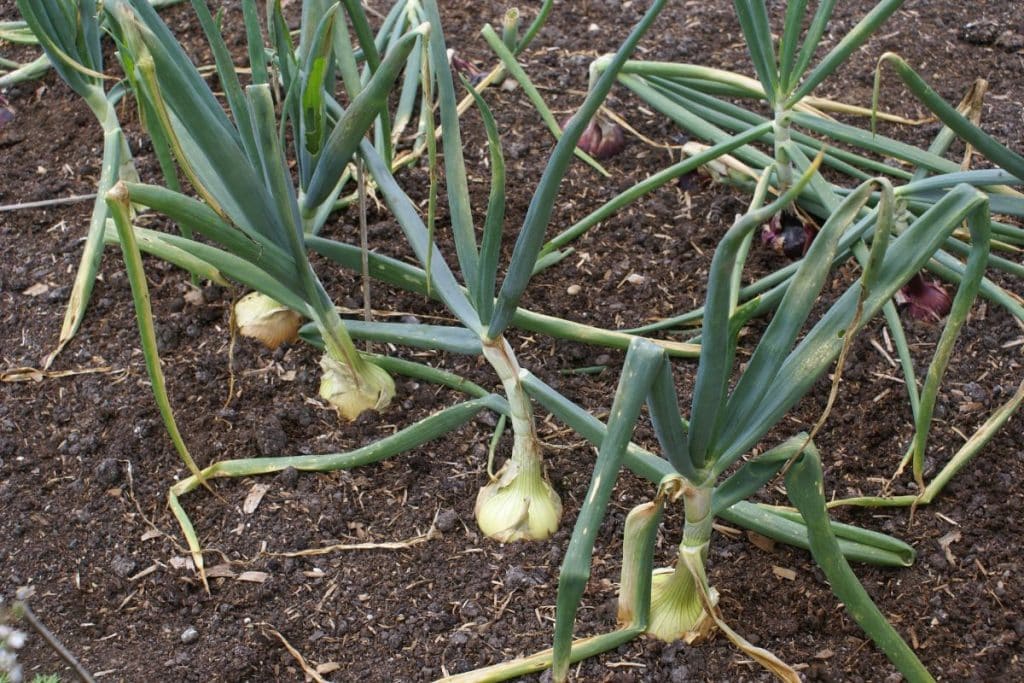
Alliums
Onions and garlic are superb broccoli companion plants. Their strong scent will repel insect pests like cabbage loopers and carrot flies, offering natural protection for your broccoli. Additionally, alliums help to maximize garden space when planted between rows of broccoli.
Celery
Growing celery as a broccoli companion plant has a few pros and cons. Overall, the two plants grow well next to one another, but neither plays a role in their growth success. Instead, longtime gardeners have discovered that your broccoli harvest will have a better flavor when celery is planted nearby. So, why not give it a shot?
Legumes
Beans and peas are excellent companions for broccoli. They fix nitrogen in the soil, providing essential nutrients for heavy feeders like broccoli. These nitrogen-fixing legumes help maintain soil fertility and reduce the need for synthetic fertilizers.
Marigolds
Marigolds serve dual roles as pest repellents and pollinator magnets. Their vibrant blooms keep cabbage moths and aphids at bay while luring beneficial insects such as ladybugs and lacewings. Marigolds also add a pop of color to your vegetable garden.
Leafy greens
Spinach and lettuce have shallow root systems and different nutritional needs, making them perfect partners for broccoli. They also provide shade and living mulch, helping to keep the soil cool and moist. Planting spinach and lettuce alongside your broccoli can result in healthier plants and a more bountiful harvest.
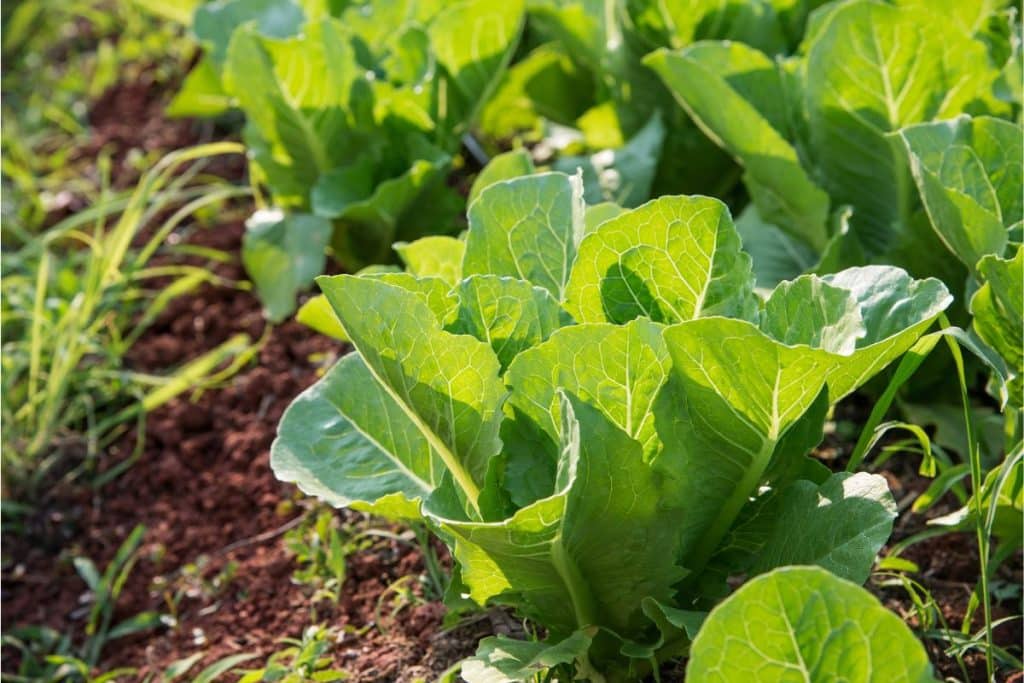
Rosemary
Rosemary’s potent fragrance is a natural deterrent for pests such as cabbage moths, making it a valuable broccoli companion plant. Additionally, rosemary attracts beneficial insects like hoverflies, which prey on aphids.
Nasturtiums
Their blossoms attract beneficial insects like hoverflies, which prey on common garden pests. The bright, edible flowers of nasturtiums can also add a vibrant touch to salads and other dishes. Nasturtium will grow in winter in warm climates, zones 9-11.
Chamomile
Chamomile’s delicate flowers attract beneficial insects like hoverflies and ladybugs while potentially enhancing the flavor of your broccoli. This unassuming herb is a valuable addition to any vegetable garden, offering numerous benefits to its plant neighbors.
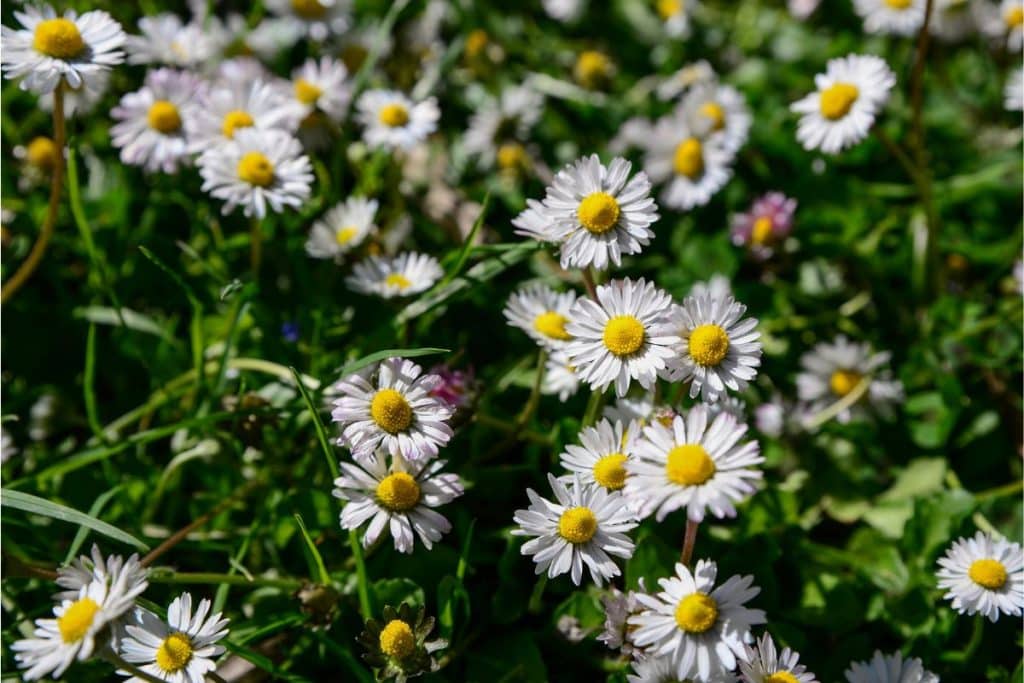
Mint
Mint’s refreshing scent repels various pests, including cabbage moths and aphids, and attracts beneficial insects like hoverflies and predatory wasps. However, due to its invasive nature, consider planting mint in containers to prevent it from overtaking your garden.
These Plants Are NOT Good Companion Plants for Broccoli
When growing broccoli in your home garden, there are a few plants you want to avoid situating near the green vegetable, as they may hinder its growth, compete for resources, or attract unwanted pests.
The main concerns are destructive pests, disease, and a lack of essential nutrients. Therefore, you should never plant broccoli near plants that share the same pests, diseases, and nutritional needs.
Some of these ‘not good broccoli companion plants’ are in warm weather so they wouldn’t be planted with broccoli anyway, but it is always good to know.
Other brassicas, like cabbage
Planting broccoli near other brassicas, like mustard, cabbage, or kale, can lead to a buildup of pests and diseases that commonly affect this family of plants.
Tomatoes
Both tomatoes and broccoli are heavy feeders, meaning they require significant nutrients from the soil. Planting them together may result in competition for essential nutrients, potentially stunting the growth of both plants.
Peppers
Like tomatoes, peppers also have high nutrient demands, which may lead to resource competition when planted near broccoli. Additionally, tomatoes and peppers can attract pests that target broccoli, further impacting their growth and health.
Strawberries
Broccoli and strawberries have different nutrient requirements and growing conditions, which may hinder their growth when planted together. Strawberries also require slightly acidic soil, whereas broccoli prefers a more neutral pH.
Grapes
Broccoli and grapes have extensive root systems, which can compete for water and nutrients when planted together. This competition may negatively affect the growth and yield of both plants.
Pole beans
Pole beans release substances that can inhibit the growth of broccoli, making them incompatible neighbors. It is better to plant bush beans, which do not have the same negative effect, as companions for broccoli.
When planning your garden layout, it is essential to consider plant compatibility to ensure optimal growth and yield. Planting suitable companions can enhance growth, provide natural pest control, and improve overall garden health.
Are Other Brassicas Good Broccoli Companion Plants?
Planting broccoli and other brassicas together can be beneficial and challenging, depending on the circumstances. Members of the brassica family, such as cabbage, kale, cauliflower, and Brussels sprouts, have similar growing conditions and can benefit from being planted together. However, there are some potential downsides to having these plants together:
- Pest Attraction: Brassicas attract the same pests, such as cabbage worms and cabbage moths. Planting them together may create a concentrated attraction area for these pests, potentially increasing the infestation level.
- Disease Transmission: Diseases that affect one brassica plant can quickly spread to other brassicas in close proximity. For example, clubroot, a soil-borne disease, can easily infect neighboring brassica plants, leading to a more extensive problem in the garden.
To mitigate these potential issues, you can implement the following strategies:
- Companion Planting: Intersperse your brassica plants with other non-brassica companion plants that help repel pests or attract beneficial insects. This can reduce pest pressure and provide a more balanced garden ecosystem.
- Crop Rotation: In subsequent seasons, rotate your brassicas with non-brassica crops to reduce the risk of soil-borne diseases and pest buildup. This practice will also help maintain soil fertility and prevent nutrient depletion.
Frequently Asked Questions
Companion planting is useful in a raised bed or a container garden. Choose compatible companions based on their growth habits and size.
Yes, many companion plants emit scents or chemicals that pests find repulsive. For instance, the strong aroma of garlic and onions can mask the scent of broccoli from pests like aphids and cabbage moths. Herbs such as rosemary and sage effectively repel carrot flies and other insects.
When planting broccoli along with other plants, it is important to consider the specific types of plants to be used as companions. A good practice is to distribute aromatic herbs evenly throughout the planting area of the broccoli to maximize their pest-repelling effects. For larger plants that may provide shade or wind protection, position them on the side of the sun or wind respectively, in order to shield the broccoli without completely overshadowing it.
Companion Plants for Other Common Garden Vegetables
Pepper Companion Plants
Bookmark this page or pin the following image to return to this post about Broccoli Companion Plants in the future.
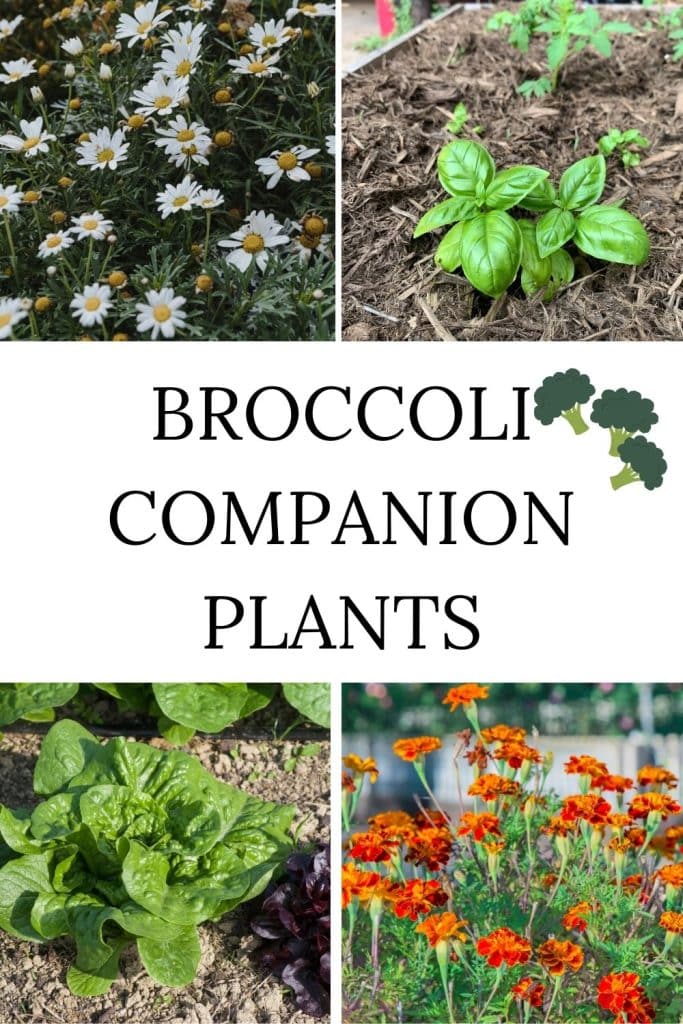
Thanks so much for spending a few minutes of your busy day with me!
To ensure you don’t miss future content, pop your email in the pale green box on the right or click here. I usually send one email weekly, so I won’t inundate your inbox. I’m sensitive to an overflowing email inbox!
We will only use your email address to send you emails, no more than 1-2 weekly. In addition, you will have access to my growing library of knit & crochet patterns and other printables. Check back often as this library will continue to grow. You can unsubscribe anytime by emailing me or clicking on the “unsubscribe” link at the bottom of all emails.
And you can access many of the products I refer to on my Nourish and Nestle Amazon Page. You can access it here.
So, if you’d like to participate in the ‘subscriber benefit’ action, simply subscribe to Nourish and Nestle here or use the form on the right sidebar. It’s slightly towards the top.
I have sent all my subscribers the link to the Subscriber Benefits Library. If you missed it or misplaced it, let me know.
Until next time…








